If you’re a car enthusiast or own an older vehicle, you may have encountered rust at some point. Rust is not only unsightly, but it can also weaken the structural integrity of the vehicle. Clear coat over rust has become a popular solution for car owners looking to protect their vehicles while maintaining their original look. In this blog post, we’ll discuss the pros and cons of applying clear coat over rust, the steps involved in the process, and some tips for getting the best results.
Have you ever wondered whether it’s possible to prevent rust from spreading without resorting to expensive and time-consuming repairs? Applying clear coat over rust is a simple and cost-effective way to protect your car’s body from further corrosion. However, this approach is not without its drawbacks, and it’s important to understand the potential risks and limitations before deciding whether it’s the right solution for your needs. Whether you’re a seasoned DIYer or a first-time car owner, read on to discover everything you need to know about clear coat over rust.
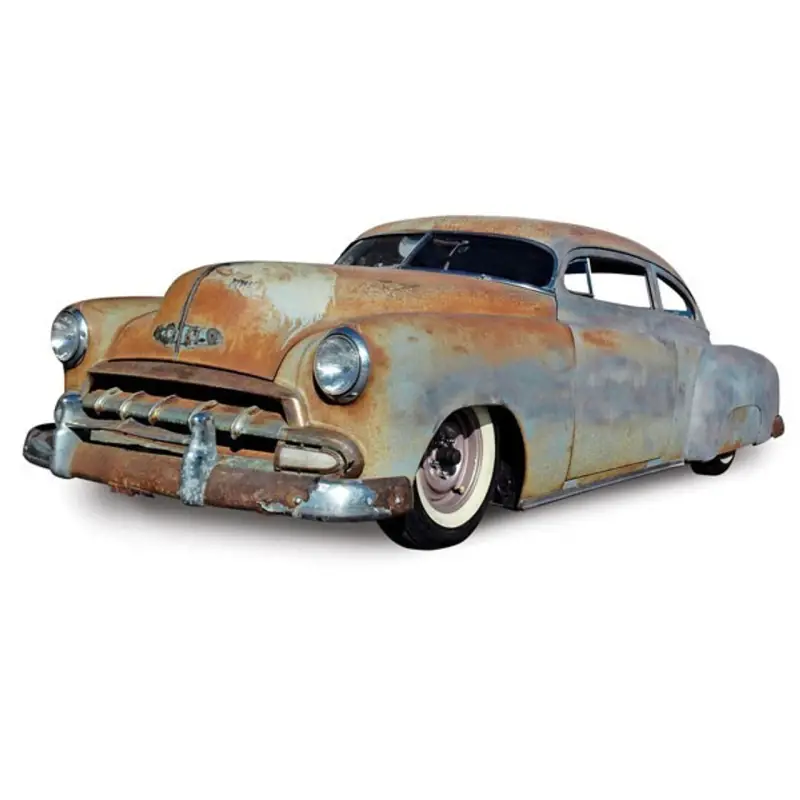
Clear Coat Over Rust Overview
There are a variety of clear coat products on the market specifically designed for use on rusted surfaces. Some are spray-on, while others require brush-on application. In my experience, the spray-on products tend to be easier to apply and provide a smoother finish. Plus, they dry much faster than the brush-on products, which can be a big advantage if you’re short on time.
When it comes to methods, the key is to make sure you’ve properly prepped the surface before applying the clear coat. This means removing any loose rust or flaking paint, and cleaning the surface thoroughly. If you skip this step, the clear coat won’t adhere properly and you won’t get the desired results. Once the surface is prepped, simply apply the clear coat as directed on the product label. I recommend applying at least two coats for maximum protection.
Clear coat over rust works best on metal surfaces, so it’s not recommended for use on plastic or fiberglass. However, it can be used on a variety of metal surfaces, including steel, aluminum, and even chrome. In fact, some of the clear coat products on the market are specifically designed for use on chrome surfaces, which is great news for all you classic car enthusiasts out there.
Clear coat over rust is an excellent solution for anyone looking to protect their vehicle from further corrosion without breaking the bank. It’s easy to apply, provides excellent protection, and can be used on a variety of metal surfaces.
Clear Coat Over Rust: Ingredients Comparison
Acrylic Resins: Acrylic resins are often used in clear coat over rust products because they provide a durable, protective coating that is resistant to weathering and UV radiation. These resins form a hard, clear film over the metal surface, helping to seal out moisture and prevent further rusting. They also help to improve the appearance of the metal by providing a glossy finish. Some clear coat over rust products may contain a blend of acrylic and other resins to achieve a specific balance of performance characteristics.
Solvents: Solvents are used in clear coat over rust products to dissolve the resins and other ingredients and allow them to be applied easily to the metal surface. They also help to evaporate the water or other moisture on the surface of the metal, which can help prevent further corrosion. The type and concentration of solvent used in clear coat over rust products can affect their performance and application characteristics.
Rust Inhibitors: Rust inhibitors are added to clear coat over rust products to help prevent further corrosion of the metal surface. These inhibitors work by interfering with the chemical reactions that cause rust to form, or by forming a protective layer over the metal surface that prevents moisture and oxygen from reaching it. Rust inhibitors can be organic or inorganic, and the type used in a particular product may depend on the type of metal being protected and the conditions it will be exposed to.
| Product Name | Acrylic Resins | Solvents | Rust Inhibitors |
|---|---|---|---|
| Rust-Oleum Stops Rust Clear Coat | Yes | Yes | Yes |
| POR-15 Clear Coat | Yes | No | Yes |
| KBS Coatings DiamondFinish Clear Coat | Yes | Yes | Yes |
| VHT Wheel Clear Coat | Yes | Yes | Yes |
As you can see, all of these products contain acrylic resins and rust inhibitors, which are essential for effective protection against rust. The Rust-Oleum Stops Rust Clear Coat and KBS Coatings DiamondFinish Clear Coat both contain solvents, which can make application easier and improve the finish. The POR-15 Clear Coat, on the other hand, does not contain solvents, which can make it more difficult to apply but can also result in a thicker, more protective coating. The VHT Wheel Clear Coat also contains solvents, but it is specifically designed for use on wheels and other high-temperature metal surfaces, so it may not be the best choice for other applications.
Overall, the specific combination of ingredients used in a clear coat over rust product can have a significant impact on its performance and application characteristics. By understanding the ingredients and how they work together, you can choose the product that best meets your needs and helps protect your metal surfaces from further corrosion.
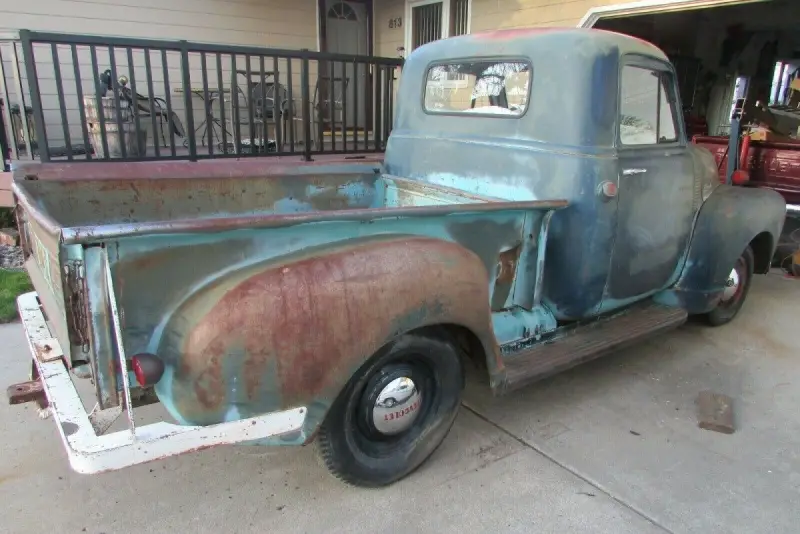
Equipment to Work With Clear Coat Over Rust
| Equipment | Purpose |
|---|---|
| Safety glasses | Protect your eyes from paint and chemical splashes |
| Respirator mask | Prevent inhalation of fumes and spray mist |
| Nitrile gloves | Protect your hands from chemical exposure |
| Sandpaper or wire brush | Remove rust and prepare the metal surface for painting |
| Cleaning solvent | Clean the metal surface and remove any residual oil or grease |
| Painter’s tape | Mask off areas that you don’t want to be painted |
| Paint brushes or spray gun | Apply the clear coat to the metal surface |
| Dust-free workspace | A clean and well-ventilated area to work in |
| Protective clothing | Wear old clothes or a disposable coverall to avoid getting paint on your clothing |
It’s important to use all of the necessary safety equipment when working with clear coat over rust, as the chemicals and fumes can be harmful if you inhale or come into contact with them. You’ll also need to prepare the metal surface properly to ensure a smooth and even application of the clear coat, which may involve removing any existing rust and cleaning the surface thoroughly.
Whether you choose to apply the clear coat with a paintbrush or a spray gun will depend on your preference and experience level. Spray guns can provide a more even and professional-looking finish, but they can be more difficult to use and require more setup time. Whatever method you choose, make sure you work in a dust-free environment to prevent particles from settling on the surface of the clear coat and spoiling the finish.
Overall, working with clear coat over rust requires some basic equipment and safety precautions, but with the right tools and techniques, you can achieve a smooth and durable finish that will protect your metal surfaces from further corrosion.
Step by Step Instruction on How to Make Clear Coat Over Rust
- Prepare the surface: Use a wire brush or sandpaper to remove any loose rust and debris from the metal surface. If necessary, apply a rust converter to neutralize any remaining rust.
- Clean the surface: Use a cleaning solvent to remove any oil, grease, or other contaminants from the surface. Wipe the surface with a clean cloth to ensure that it’s completely dry.
- Mask off any areas you don’t want to paint: Use painter’s tape to protect any areas that you don’t want to be painted.
- Apply the primer: If you’re applying clear coat over bare metal or a newly repaired area, you’ll need to apply a primer first. Follow the instructions on the primer to apply it evenly and allow it to dry completely before applying the clear coat.
- Mix the clear coat: Follow the instructions on the can to mix the clear coat properly. It’s important to mix the clear coat thoroughly to ensure a smooth and even application.
- Apply the clear coat: Use a paintbrush or spray gun to apply the clear coat to the metal surface. Make sure to apply the clear coat in thin, even layers, and allow each layer to dry completely before applying the next. Depending on the product, you may need to apply multiple layers of clear coat to achieve the desired level of protection.
- Allow the clear coat to cure: Once you’ve applied the final layer of clear coat, allow it to cure for the recommended amount of time. This will ensure that the clear coat has fully hardened and will provide the maximum level of protection against rust and corrosion.
- Remove the masking tape: Once the clear coat is fully cured, carefully remove any masking tape from the metal surface.
F.A.Q.
Can I apply clear coat directly over rust?
It’s not recommended to apply clear coat directly over rust as it will not adhere well to the surface and will likely peel or flake off. It’s important to prepare the surface properly by removing any loose rust and applying a rust converter or primer before applying the clear coat.
Can I apply clear coat over painted surfaces?
Yes, clear coat can be applied over painted surfaces to provide additional protection and a high-gloss finish. Make sure the painted surface is clean and dry before applying the clear coat, and follow the manufacturer’s instructions for the best results.
Can clear coat prevent rust from forming?
While clear coat can provide some protection against rust and corrosion, it’s not a substitute for proper surface preparation and rust prevention measures. Make sure to remove any existing rust and apply a rust converter or primer before applying the clear coat to ensure the best possible protection.
How long does clear coat take to dry and cure?
The drying and curing time for clear coat can vary depending on the product and environmental conditions. Generally, it takes about 24 hours for the clear coat to dry to the touch and 7-10 days to fully cure and harden. Follow the manufacturer’s instructions for the recommended drying and curing times.
Can I apply clear coat over textured or uneven surfaces?
Clear coat is best suited for smooth and even surfaces, as it may not adhere well to textured or uneven surfaces. If you’re applying clear coat over a textured or uneven surface, it’s important to follow the manufacturer’s instructions carefully and apply the clear coat in thin, even layers to achieve the best possible results.
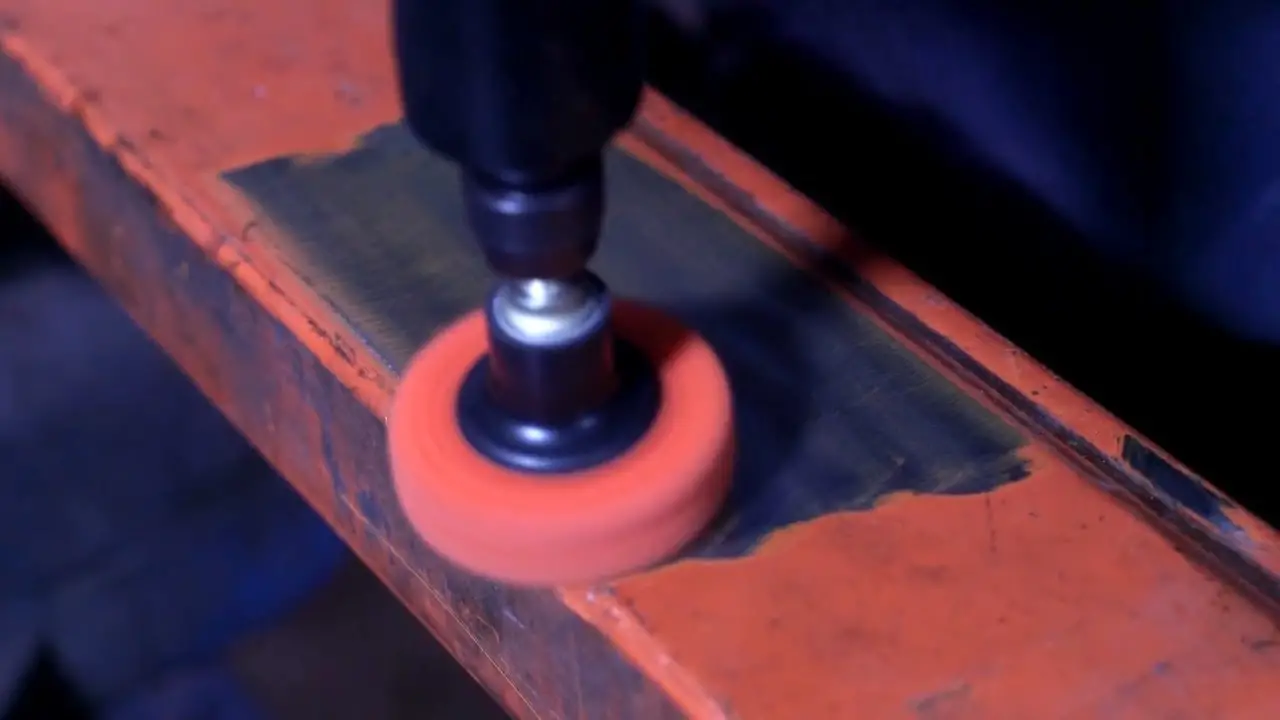
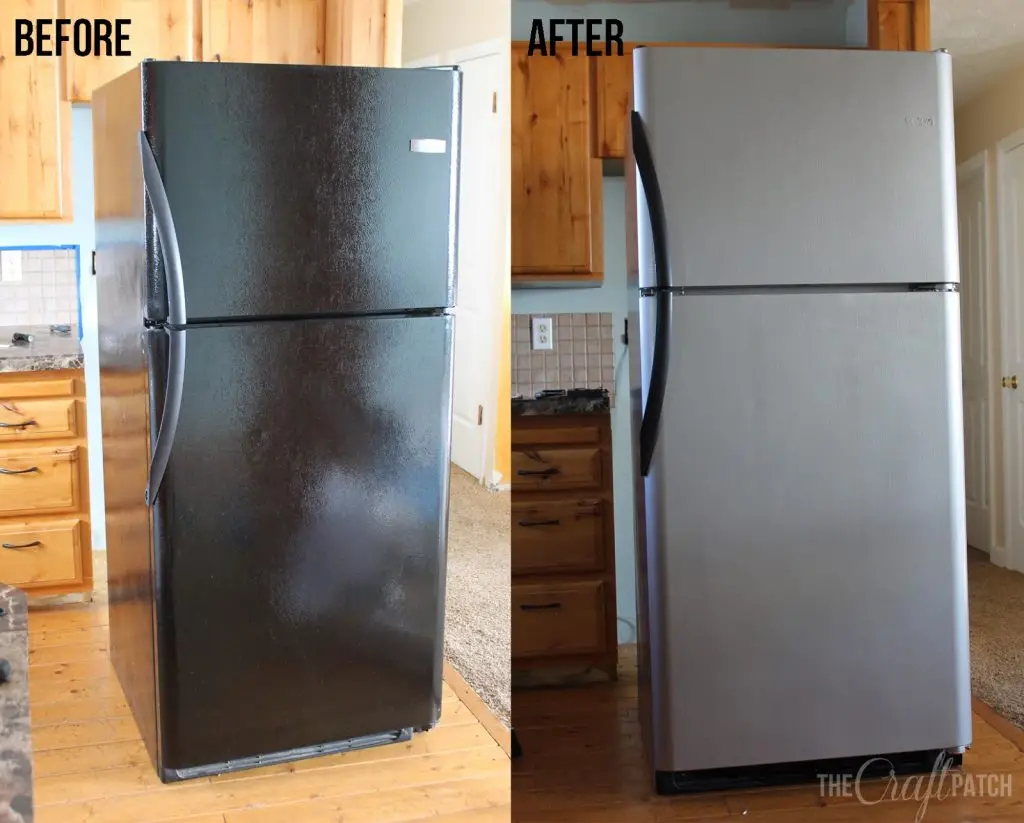
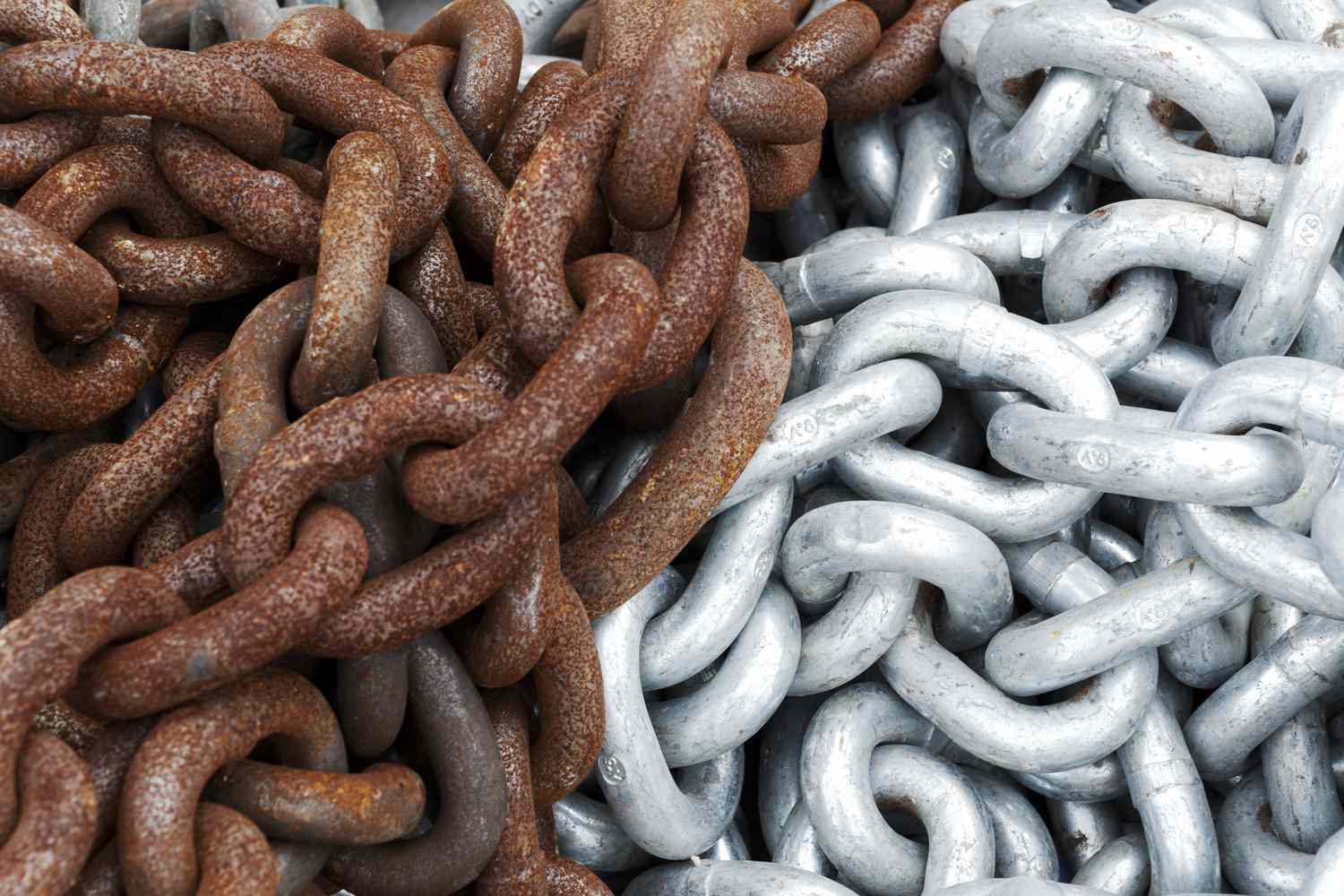
Leave a Reply